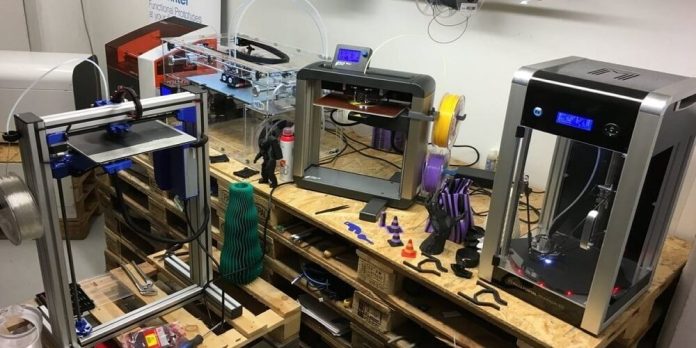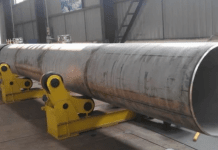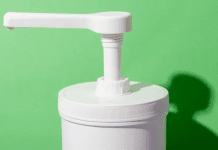Businesses and manufacturing companies have realized the best strategies to accelerate innovations and support during product development processes through additive manufacturing. Since the 3D printing services tend to offer a wide range of capabilities, it has been incorporated in various industries such as engineering, dentistry, education, healthcare, and manufacturing, among others. This article gives an overview of the common applications and uses of a 3D printer
Manufacturing
Unlike the traditional manufacturing processes, 3D printing has made product development and testing easier. Everything is automated and requires minimal human labor because designers only handle a few integral roles and uploads, letting the 3D printers streamline the rest of the workflow. Manufacturing costs are reduced because designers do not waste materials and time working on errors that keep presenting themselves when using the traditional methods in product development. Similarly, 3D ensures the parts being built are up to the required high quality and effective.
Engineering and product design
Engineers and designers will always require 3D printing services when building prototypes. Most processes require much attention, especially when building complex objects. Since the traditional methods of product development involve a number of tedious steps, 3D printing offers reliable and productive solutions that result in final quality products. The series of validation that incorporates the 3D printing also involve reduced errors which eventually saves on material costs and minimize wastes. The common events that require 3D printing include building communication models, manufacturing validation, and rapid prototyping.
Dental and healthcare
In the healthcare and dental industry, health workers tend to use 3D printing services to build objects that help to reduce risks and uncertainties. It becomes easier to provide improved patient care with high-quality products resulting from 3D printing because it offers higher consistency, precision, and accuracy. Some applications include surgical guides, crown and bridge models, dentures, and patterns of casting or pressing.
Jewelry
3D printing is used along with CAD to build rapid prototypes and produce large batches of jewelry pieces. Professional designers use this digital tool to ensure the creation process is consistent and sharp details are taken into attention to come up with masterpieces. As such, 3D printing plays a crucial role in ensuring the accuracy and production of high-quality jewelry.
Education
3D printers are used in educational research, especially when researching complex objects that may require testing and the development of samples. Since 3D printers are multifunctional, they encourage creativity as students get exposed to professional technology, especially in the engineering, art, design, or science fields. It becomes easier to study comprehensively about various setups that can be expensive to build in real life.
Audiology
People with hearing problems can also use products built by 3D printers to support their hearing problems. Hearing specialists use the digital workflow along with 3D printing to build high-quality ear products such as earbuds and custom earplugs for audiology purposes. Since the production of audiology products appears to be sophisticated, manufacturers must employ the appropriate 3D printing technology to ensure they maintain high-quality objects for hearing protection and hearing aid.








